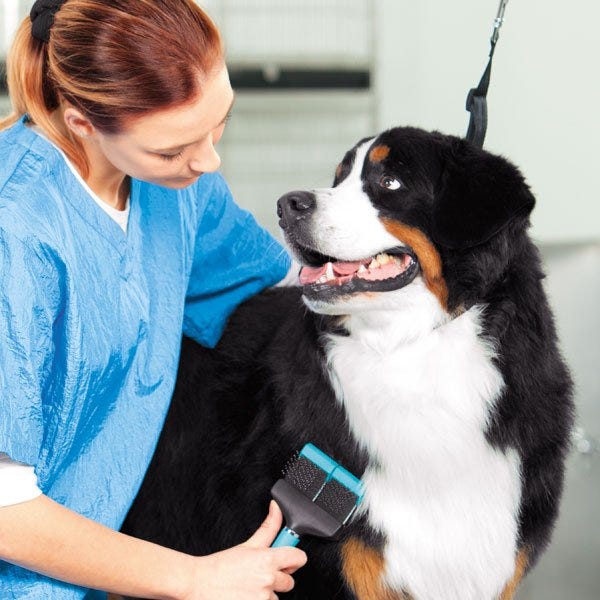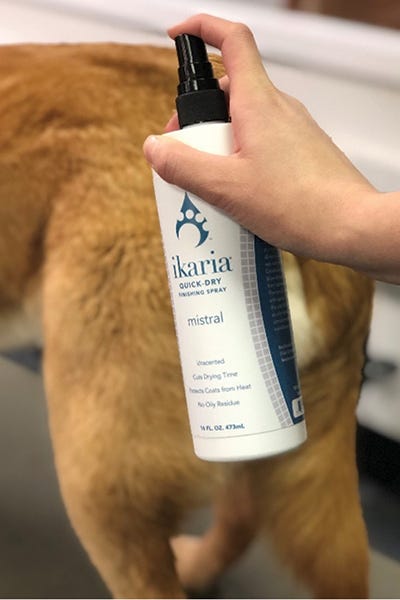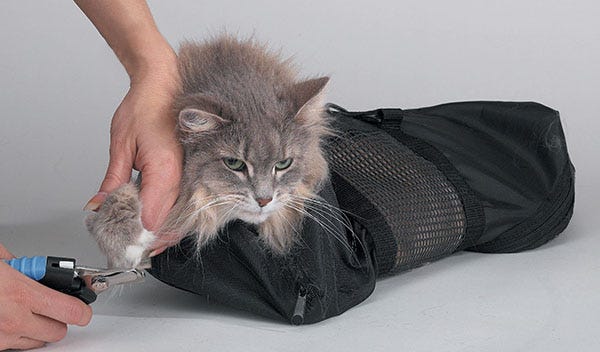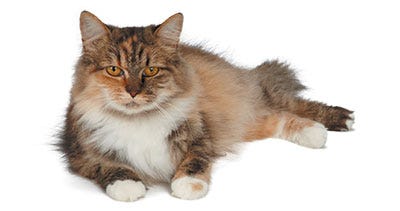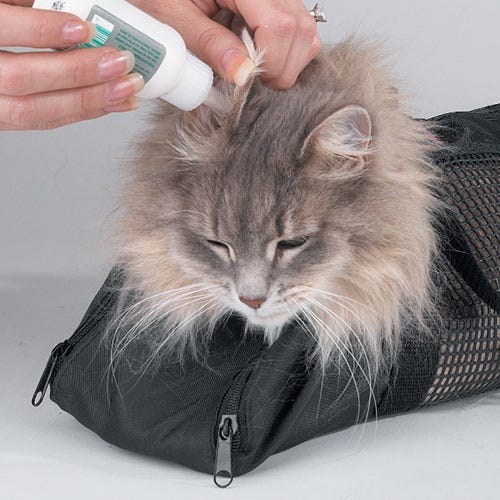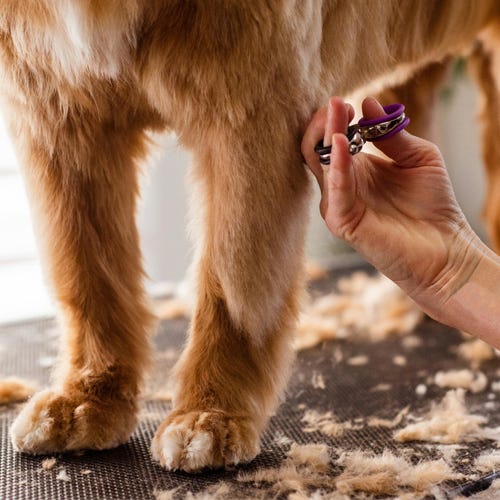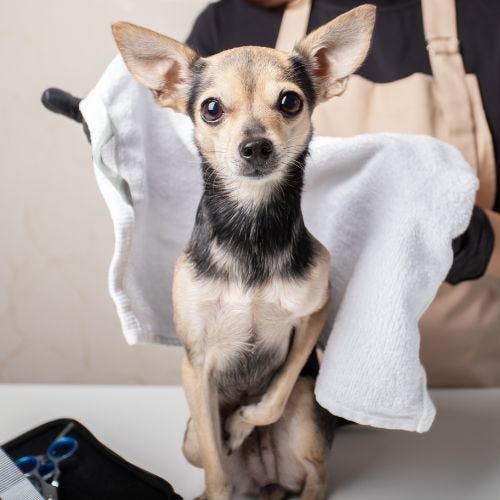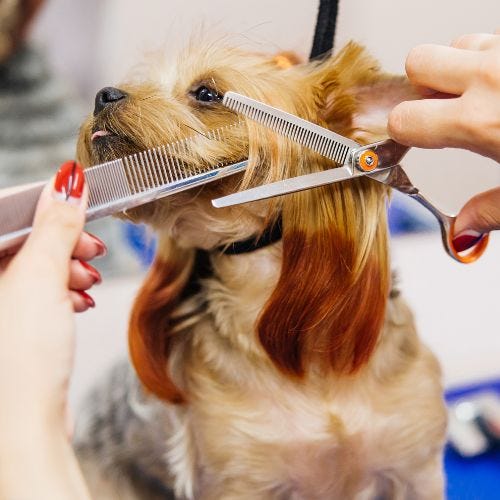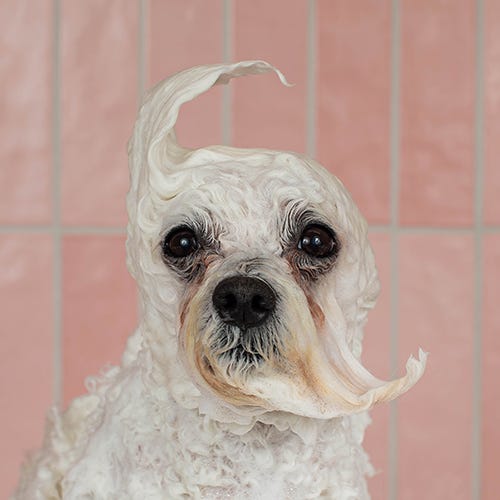When it comes to grooming cats, there are many things that stylists should do differently than if they were grooming a dog. Take ear cleaning, for instance.
When I groom a dog, I usually clean its ears after I have bathed it, but while it is still in the tub. I have a favorite cleaner designed for dogs, and I squirt a bit into each ear, then gently massage the base of the ears for a few seconds. After the dog has vigorously shaken its head, I wipe any debris away from the ear flap. This method allows the ear cleaner to help dry up any water that made its way into the ear canal during the bath. Any debris and wax dislodged by cleaning is easily wiped away with a cotton ball or towel used to dry the dog.
When it comes to cats, I take an entirely different approach. Because (most!) cats self-groom so thoroughly and often, they usually do a good job keeping the external part of their ears dirt-free. For a brief anatomy refresher, cat ears are composed of three sections. The outer ear is made up of the pinna and the canal. The middle ear consists of the eardrum, tiny bones, and other delicate structures. Lastly, there is the inner ear, which is mainly responsible for the cat’s amazing balance abilities.
When grooming a cat, if any debris is noticed around the entrance to the ear canal or clinging onto the skin of the pinna, it can be wiped away with a soft cloth or cotton ball moistened in an ear cleaner labeled for use on cats. Do not use cotton swabs because you may accidentally push debris into the canal. Cleaners with alcohol should not be used, as they can irritate delicate ear tissue. Use cleanears without alcohol instead. Also, because cats will self-clean after the procedure, they will ingest some of the cleaner. Alcohol can be toxic to cats, even in small amounts, so it should be avoided. Flushing the canal with an ear cleaner has been found in some instances to be connected to a balance disorder called vestibular syndrome, so it should be left up to the veterinarian. For groomers, wiping any obvious external debris should be the extent of the cleaning.
Should the cat show signs of infection or parasites, such as hairless spots indicating the pet has been scratching, redness, odor, tenderness, or excessive discharge, it is recommended that a veterinarian see the cat.
By Daryl Conner, MPS, MCG
Daryl Conner has been devoted to making dogs and cats more comfortable and beautiful for almost 40 years. You can find her happily working at FairWinds Grooming Studio with her daughter and infant granddaughter, or typing away at her latest grooming-related article. Daryl was awarded both a Cardinal Crystal Award and Barkleigh Honors Award for journalism. She shares her meadow-hugged antique Maine farmhouse with her practically perfect husband and too many animals.



